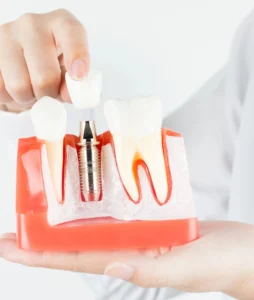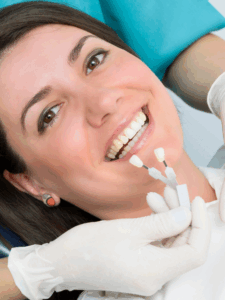Teaching your child about oral care can be a challenging task. They may complain about the toothpaste’s taste or the feel of the toothbrush and continuously bring up several reasons not to brush their teeth.
However, brushing is an essential part of dental care and can’t be avoided. You can spark your kid’s interest in brushing by going for the gimmicks—get them a toothbrush that they’ll fancy. If you’re unsure about how to choose between a manual or an electric toothbrush, let’s look at what research says:
Electric vs. manual toothbrushes—which can clean more effectively?
Electric toothbrushes work by vibrating and rotating in your oral cavity—the micro-movements help reduce plaque by applying adequate pressure on almost all areas of your teeth.
A review of research revealed that after three months of use, electric toothbrushes reduced the likelihood of cavities by 21% and gingivitis by 11%.
However, there’s also enough evidence to prove that manual toothbrushes are as effective as electric toothbrushes at removing plaque. So, choosing which toothbrush you should get for your kid comes down to these factors:
Accessibility
Perhaps the most impressive feature of an electric toothbrush is that it’s effortless to use. If your child has a physical disability, a high-tech toothbrush can help them clean their teeth more thoroughly. It won’t require much help and can also make them feel independent.
Price
Electric toothbrushes are more expensive than their manual counterparts. Their price can range from anywhere between $20 to $250 per brush. You’ll also have to purchase their replacements, which come in packs and cost between $10 to $50.
Whereas, a manual toothbrush can cost as low as $4 and doesn’t require any power. Hence, manual toothbrushes are more affordable, and if your child doesn’t mind using it, we’d suggest opting for them.
ADA seal of approval
Brushes that have the American Dental Association seal of approval can stand the test of time as they’ve been tested for the organization’s rigorous standards.
An ADA seal can tell you that the brush doesn’t have any hazardous components or rough edges and is safe for your child to use. Hence, before buying any brush, remember to check for the ADA seal of approval!
Round and soft bristles
When it comes to brushing, perhaps the types of bristles you choose can have a more severe effect on brushing the toothbrush type. Children’s gums are soft and need special care.
So, only choose brushes that have soft and round bristles. They’ll be gentle on your child’s teeth can clean plaque sufficiently.
If you want to learn about best oral care practices for children, reach out to our dentists at West Hills Smiles. We offer family and emergency dentistry services across Woodland Hills. Visit our website to learn more.





